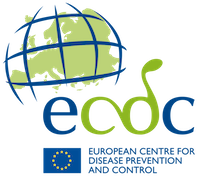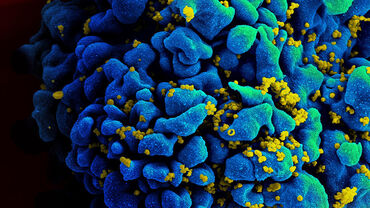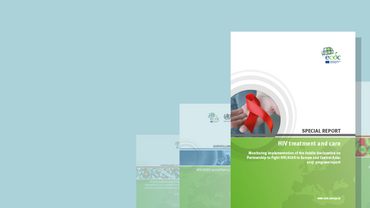Evidence Brief: Progress towards reaching the Sustainable Development Goals related to HIV in the European Union and European Economic Area
This evidence brief summarises the progress towards UN Sustainable Development Goal 3.3 to ‘end the epidemic of AIDS’ in the European Union and European Economic Area (EU/EEA). It is largely based on data collected by the European Centre for Disease Prevention and Control (ECDC) through an online reporting tool disseminated to the 30 EU/EEA countries between February and June 2024 to monitor the implementation of the 2004 Dublin Declaration.
While reported in 2024, data for most of the indicators relate to 2023. If no new data were reported, data from the most recent year with available data were reused (2019 or later).
The United Nations Sustainable Development Goal (SDG) 3.3 aims to end AIDS by 2030. This evidence brief provides an update on the progress in relation to HIV prevention, testing and treatment, the number of new HIV infections, AIDS-related deaths and HIV-related stigma and discrimination in the EU/EEA. Annex 1 provides country-level progress towards meeting these targets.
In terms of prevention, although pre-exposure prophylaxis (PrEP) availability and uptake has increased across the region, five countries in Europe have still not developed PrEP guidelines. Where PrEP is available, there is room for improvement in the number of people accessing it, and the equity in its delivery.
With regard to testing and treatment, the EU/EEA is overall on track to meet the individual 95-95-95 targets set by the Joint United Nations Programme on HIV/AIDS (UNAIDS), with 92% of all people living with HIV (PLHIV) knowing their HIV status, 93% of people who know their status on treatment, and 93% of those on treatment having suppressed viral loads. However, one in five of all PLHIV (21%) in the 23 EU/EEA countries with available data had still not achieved viral suppression and only eight countries have achieved the overall 86% target of ensuring that all people living with HIV are virally suppressed by 2025 – an improvement from two countries by the end of 2022.
While the number of new HIV infections and the number of AIDS-related deaths have fallen over the last decade in the EU/EEA, based on current trajectories increased efforts need to be made to improve prevention, testing and treatment services in the region if the 2025 and 2030 targets are to be achieved.
More than 10% of people living with HIV report experiencing HIV-related stigma and discrimination in healthcare and community settings, indicating that further work is required to reach the goal of zero stigma.
For some indicators, many countries did not report data. A lack of robust, reliable data presents a significant challenge to assessing progress on certain aspects of the HIV response. Improved monitoring, estimation and reporting systems and processes are urgently needed to better understand and take action to end the HIV epidemic by 2030.
Download
Errata
On page 11, the following text was deleted on 7 March 2025: ‘The majority had never observed 'poorer quality of care' (83%), 'disclosure of HIV status without consent' (81%), 'unwillingness to care' (78%), or 'discriminatory remarks or talking badly' (71%) (Figure 12). However, a substantial proportion of respondents had observed this type of behaviour 'once or twice', 'several times', or ‘most of the time’, highlighting the fact that, while not pervasive, discriminatory practices do occur in healthcare settings.’
It was replaced with this text: ‘Approximately one in six (17%) respondents had observed poorer quality of care given to a person living with HIV at their workplace during the past 12 months. One in five had observed disclosure of someone's HIV status without their consent (20%) and observed unwillingness to care for someone living with HIV (22%), and a third of respondents (30%) had observed discriminatory remarks towards a person living with HIV in their workplace in the past 12 months.’
Figure 12 was also replaced with a new figure reflecting these changes, including the deletion of the phrase ‘by frequency’ from the figure’s title.
Publication data
Infographic
HIV/AIDS Report Card
Sustainable Development Goal (SDG) 3.3 aims to end the AIDS epidemic by 2030.
How is the EU/EEA progressing?








